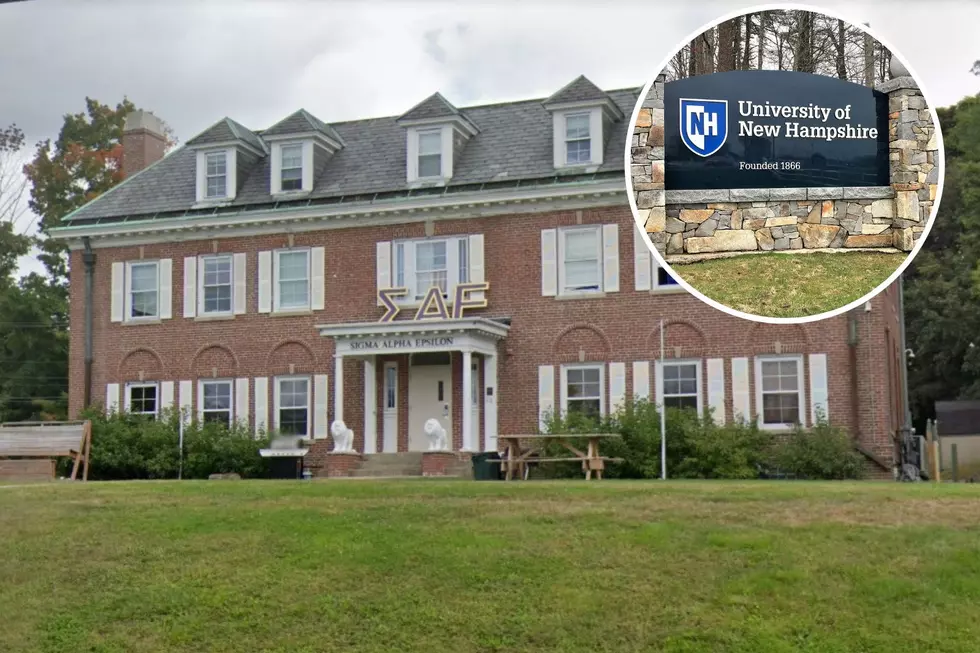
UNH Scientists Hoping to Understand Mysterious Beech Bark Disease
Beech bark disease has continued to ravage the iconic American beech tree for more than a century and scientists at the University of New Hampshire are working to unravel the mysteries behind what causes this to happen to trees.
Over half of New Hampshire’s deciduous and mixed forest land is dominated by maple, birch, and beech trees. They define the picturesque scenery, contribute to the economic resiliency of the state's communities and help sustain many wildlife species, according to a press release issued by Lori Gula.
Gula works at the New Hampshire Agricultural Experiment Station, a part of the College of Life Sciences and Agriculture at UNH.
With a changing and uncertain climate, there is a great urgency to understand how this disease functions in current and potential future environments, according to researchers.
Researchers are specifically interested in which fungi are in beech bark of both infected and uninfected trees.
Experiment Station Postdoctoral Scientist Eric Morrison is leading the research team and they started their work by using DNA sequencing to produce an exhaustive list of fungi in the inner bark of more than 100 beech trees across 10 forested sites from eight eastern states, according to the press release.
They then used statistical modeling and analysis to identify patterns in the composition of fungal communities and relationships with regional climate variation and tree-associated drivers of disease.
They found that two fungi regularly occur together on trees, according to the press release.
Why does this matter?
New Hampshire Agricultural Experiment Station Researcher Jeff Garnas is an associate professor of forest ecosystem health at the UNH College of Life Sciences and Agriculture.
Garnas explained that beech bark disease kills larger trees, causing a shift toward smaller, denser forests over time. Then younger and smaller beech trees are susceptible to the disease, creating a persistent cycle of negative impacts to the forest.
“Given beech’s dominance through much of its range, this demographic shift from larger to smaller beech trees results in major reductions in carbon storage capacity, nut crop production, and the availability of cavity-nesting habitat, and generally alters the look and feel of the forest," Garnas said in a statement.
Garnas said the study represents a significant step forward in understanding – and ultimately better managing – beech bark disease.
In addition to Morrison and Garnas, the research team included Matt Kasson, associate professor at West Virginia University, and Jeremy Heath, former postdoctoral researcher at UNH.
To see the team's work in the journal Frontiers in Forest and Global Change, click here.
Contact Managing News Editor Kimberley Haas at Kimberley.Haas@townsquaremedia.com.
The Amazing Maine Sights Mainers Say People From Away Need to Visit
More From Seacoast Current








